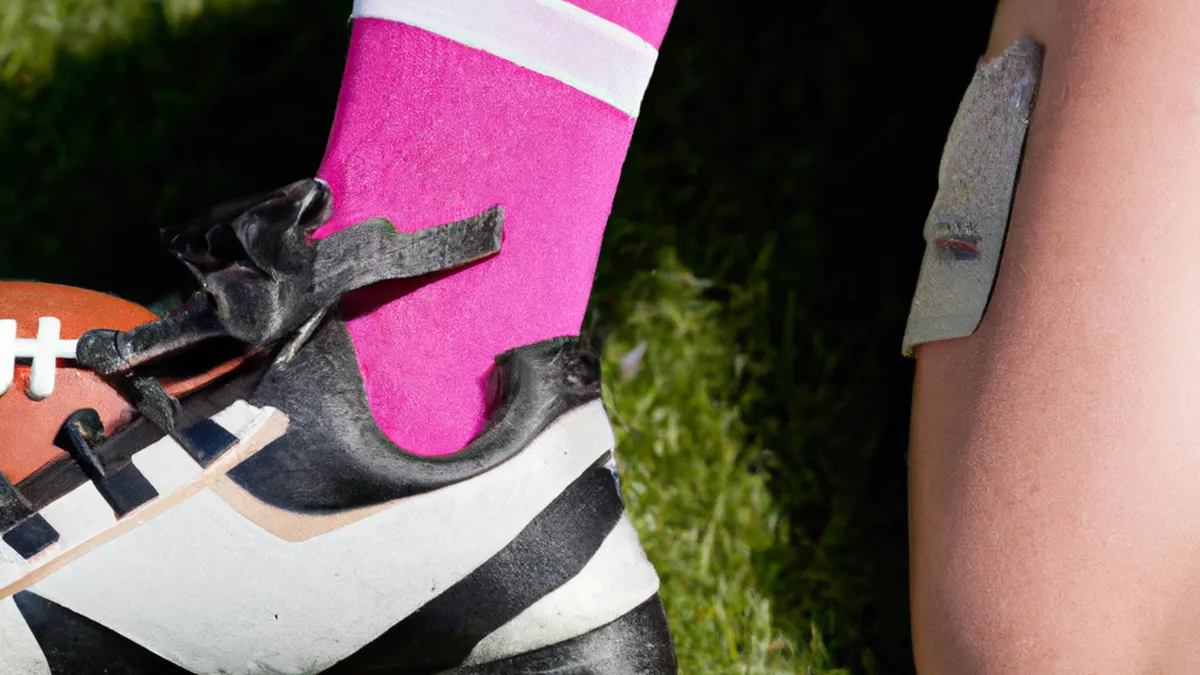Common Overuse Injuries in Female Runners
Injury Patterns Unique to WomenWomen encounter unique injury patterns due to anatomical, hormonal, and lifestyle differences. Understanding these patterns helps prevent injuries and boosts athletic performance. This blog examines common injuries women face, contributing factors, and effective prevention and recovery strategies.
Common Injury Patterns in Women
Women often experience specific injuries distinct from men. These injuries include:
1. Knee Injuries
Knee injuries, especially anterior cruciate ligament (ACL) tears, concern female athletes. Research shows women are up to eight times more likely to sustain ACL injuries than men. Several factors contribute to this disparity:- **Anatomical Differences**: A wider pelvis in women affects knee joint alignment, increasing stress on the ACL during jumping, cutting, or sudden stops.- **Hormonal Influences**: Hormonal fluctuations during the menstrual cycle can weaken ligament strength and stability. Studies suggest estrogen affects ligament laxity, raising injury risk during certain cycle phases.- **Neuromuscular Control**: Women often demonstrate different movement patterns, like increased knee valgus during dynamic activities, elevating ACL injury risk.
2. Ankle Sprains
Women commonly experience ankle sprains, particularly in sports requiring quick direction changes, such as basketball or soccer. Compared to men, women have looser ligaments, leading to ankle instability. This flexibility increases sprain incidence during sports. Furthermore, women often neglect strength training, which strengthens ankle-supporting muscles, further raising risk.
3. Stress Fractures
Women participating in high-impact sports face a higher risk of stress fractures. The female athlete triad—disordered eating, amenorrhea, and low bone density—can worsen this risk. Low bone density makes bones fragile and prone to fractures from repetitive stress. Women, especially athletes, must prioritize nutrition and bone health to reduce this risk.
4. Shoulder Injuries
Female athletes frequently suffer shoulder injuries, such as rotator cuff tears and impingement syndrome. Muscle strength differences, particularly in the upper body, contribute to these injuries. Women generally have less muscle mass in the shoulders and upper back, leading to inadequate support during overhead activities. This issue particularly affects athletes in volleyball, swimming, or gymnastics, where shoulders heavily engage.
Tips for Injury Prevention
As an Amazon Associate I earn from qualifying purchases.
Gear tip: consider football, receiver gloves, and mouthguard to support this topic.
Injury prevention requires a proactive approach. Here are some strategies:1. Incorporate strength training to enhance muscle support around joints.2. Practice proper movement techniques to reduce injury risk.3. Focus on flexibility and balance exercises to improve stability.4. Maintain a well-balanced diet to support overall health and bone density.
Conclusion
Understanding unique injury patterns in women aids in prevention and recovery. Implementing effective strategies can enhance athletic performance and overall well-being.
Below are related products based on this post:
FAQ
What are the common injury patterns unique to women?
Women commonly experience injuries such as knee injuries, ankle sprains, stress fractures, and shoulder injuries. These injuries can be attributed to anatomical, hormonal, and lifestyle differences that affect women’s bodies during physical activities.
Why are women more prone to knee injuries?
Women are up to eight times more likely to sustain anterior cruciate ligament (ACL) injuries compared to men. Factors such as a wider pelvis affecting knee alignment, hormonal fluctuations impacting ligament strength, and different movement patterns contribute to this increased risk.
How can women prevent injuries while participating in sports?
Injury prevention for women involves incorporating strength training, practicing proper movement techniques, focusing on flexibility and balance exercises, and maintaining a balanced diet. These strategies can help enhance muscle support, improve stability, and promote overall health.















Post Comment